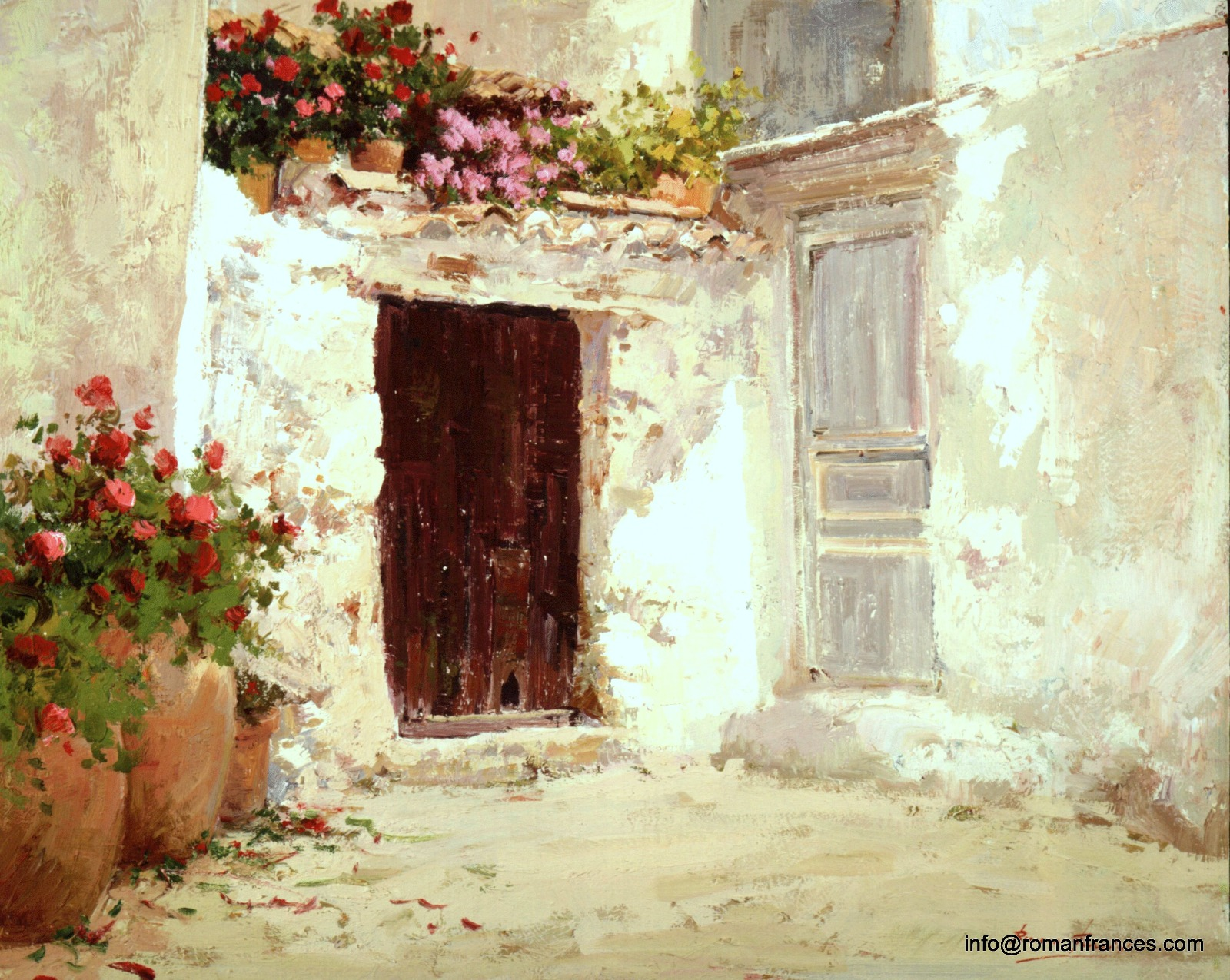
«File: Encalado.png» by Roman frances is licensed under CC BY-SA 4.0
It is possible that you have painted a picture and that there is something that you do not like. But you don’t know what it is. It may be the composition of it.
There are a series of techniques and rules to achieve a balance in your work and that its elements fit together perfectly. Here are some of them:
Table of Contents
Use composition rules
It is important that, when you are faced with the blank canvas, frame each of the elements you want to paint, in such a way that there is a balance between the different parts of it, as well as a focal point (something to which we want to give special importance, standing out from the rest).
To achieve this balance we can use the rule of thirds. This consists of dividing the canvas into three rows and three columns with the same proportions, creating quadrants. The focal point is recommended to draw it right in the center quadrant, because it is the one that the view is going to address first. Our horizon can be drawn in any of the horizontal lines that we have created. Secondary objects must be diagonal to the focal point object.
Create contrast
The different figures in the painting will have a series of their own and reflected shadows (You can learn more about this in this previous post). It is essential to create contrast, areas of greater clarity and areas of greater darkness, so that the drawing is not flat.
Consider sizes and contours
Pay attention to the depth of the landscape, drawing the objects that are far from the viewer’s gaze smaller and the closest ones larger. If we also create irregular contours and put them close to regular contours, the objects will attract noticeable attention.
Each painter has their own techniques, look for information and learn about the one you like the most!


